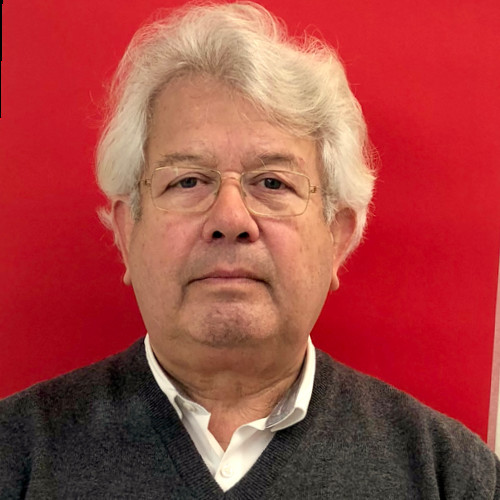SERO-EPIDEMIOLOGY OF DENGUE VIRUS INFECTION IN CITIES OF INDONESIA
Downloads
Background: Dengue Virus Infektion is major public health problem in Indonesia. Aedesaegypti is widespread in both urban and rural areas, where multiple virus Serotype are circulating. On 2013 outbreak of dengue virus infection occur in East Java. Therefore study seroepidemiology in Bangkalan and Lombok had been done. Aim: to find a mutated strain of Dengue Virus in 4 cities of Indonesia. Method: On 2011 and 2012 seroepidemiology study had been done in Dr. Soetomo Surabaya and Soerya Sidoarjo Hospital; and on 2013 study had been done in Surabaya, Bangkalan and Lombok Hospital . Diagnosis of Dengue Virus Infection was based on Criteri WHO - 2009. Virus isolation in Surabaya, Sidoarjo, Bangkalan and Lombok had been done. Result: a total of 349 isolate were obtained from dengue patients sera collected in Surabaya and Sidoarjo, 2011–2012 showed that Den V1 (182), Den V2 (20) Den V4 (1) were found in Surabaya on 2011 and Den V 1 (79) , Den V 2 (7) were found in Surabaya on 2012; Den V1 (40), Den V 2 (3) were found in Sidoarjo on 2011 and Den V 1 (17) were found in Sidoarjo on 2012; Virus isolation in Surabaya on 2013, January: 237 serum sample were collected, found Den V 1 (8), Den V 3 (2) and Den V 4 (5). And PCR stereotyping of isolated viruses in Madura found Den V
1 (1) and Den V 4 (23). In Lombok found Den V 4 (4).It is possible to shift predominant strain in Surabaya , Genotype or Serotype shift might increase the number of dengue patients. Conclusion: there were shift predominant strain in Surabaya especially Den V 1. Therefore to continuous surveillance of circulating viruses is required to predict the risk of DHF and DF.
The Indonesian Journal of Tropical and Infectious Disease (IJTID) is a scientific peer-reviewed journal freely available to be accessed, downloaded, and used for research. All articles published in the IJTID are licensed under the Creative Commons Attribution-NonCommercial-ShareAlike 4.0 International License, which is under the following terms:
Attribution ” You must give appropriate credit, link to the license, and indicate if changes were made. You may do so reasonably, but not in any way that suggests the licensor endorses you or your use.
NonCommercial ” You may not use the material for commercial purposes.
ShareAlike ” If you remix, transform, or build upon the material, you must distribute your contributions under the same license as the original.
No additional restrictions ” You may not apply legal terms or technological measures that legally restrict others from doing anything the license permits.























